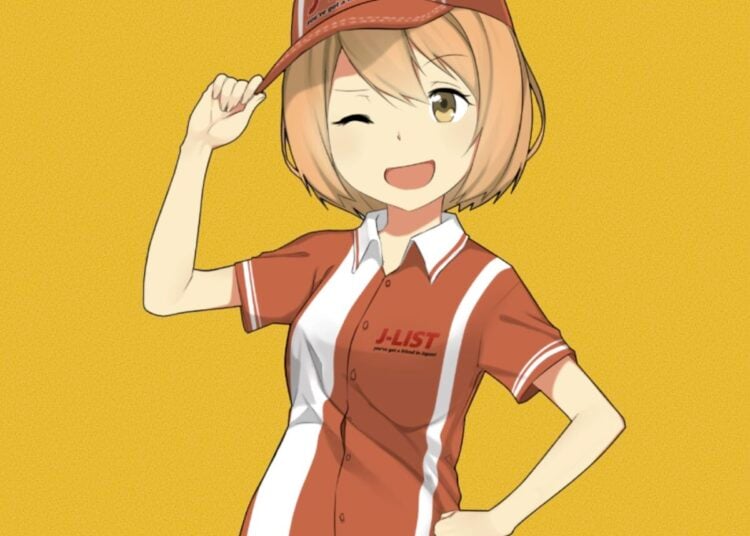The month of March means different things to different people. In Japan it’s a time of partings (wakare no kisetsu), the end of the school year, when young people who are going on to different schools make teary farewells to their friends. It’s also the time of year that drivers have to endure Japan’s “road construction hell,” as local governments hurry to use up their budgets before the end of Japan’s fiscal year. Everywhere I drive, I know I’ll face constant delays as roads are torn up and put down again, in an eternal cycle of government-sponsored inefficiency. The main problem is a law that dictates that 100% of the taxes collected on cars and gasoline must be used to build more roads, with no exceptions, despite the fact that Japan already has plenty of roads that work just fine. It’s a major political issue here, with most of the old guard in the ruling Liberal Democratic Party supporting the ongoing wasting of resources because of effective lobbying by construction companies. Japan spends a whopping $9 billion a year on its roads, an amazing sum considering that the U.S. spends $11 billion yet is 25 times as large. The idea that Japan’s leaders are so ineffectual that they can’t fix this terrible situation makes me grieve for my adopted country.
Besides Akihabara, Japan’s electronics and “otaku culture” hub, there are other parts of Tokyo that are popular with foreign visitors. Akasaka is one such place, the home of one of the most famous Shinto shrines in the area, the Hie Shrine. A fun corner of the city that sports hundreds of shops and restaurants, it’s a good place to visit if you’re coming to Tokyo. Another famous shrine is Meiji Jingu, a beautiful and solemn island oddly located in Harajuku, a hip playground for the FRUiTs generation. Finally, one of my favorite spots in the Kanto area is Kamakura, a small city south of Yokohama that features the second largest statue of Buddha in Japan (the largest is in Nara). The capital of Japan during the Kamakura Era (1185-1333), the city is just beautiful, with many fabulous shrines and temples to explore. Make sure you ride the Enoshima train line, an old-style train from the early Showa era that’s as famous as the cable cars in San Francisco.
Japanese love to wear American brands on their clothes, because sporting corporate logos for U.S. companies is very kakko ii (cool). Now you can do the reverse, with our latest wacky Japanese T-shirt, an elegant parody design based on the “i-Mode” mobile telephone service of NTT Docomo — one of the most famous corporations in Japan — with the kanji for the love (pronounced the same, ai) in place of the capital “I.” We’ve got a beautiful gold men’s shirt and stylish pink-and-sparkly fitted tee for girls. Gaijin usually seem to be especially fascinated with the kanji character for “love” (which is one of the most complex and aesthetically beautiful characters), and we hope you like this new original design.















